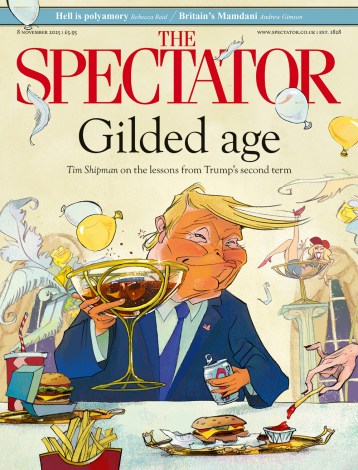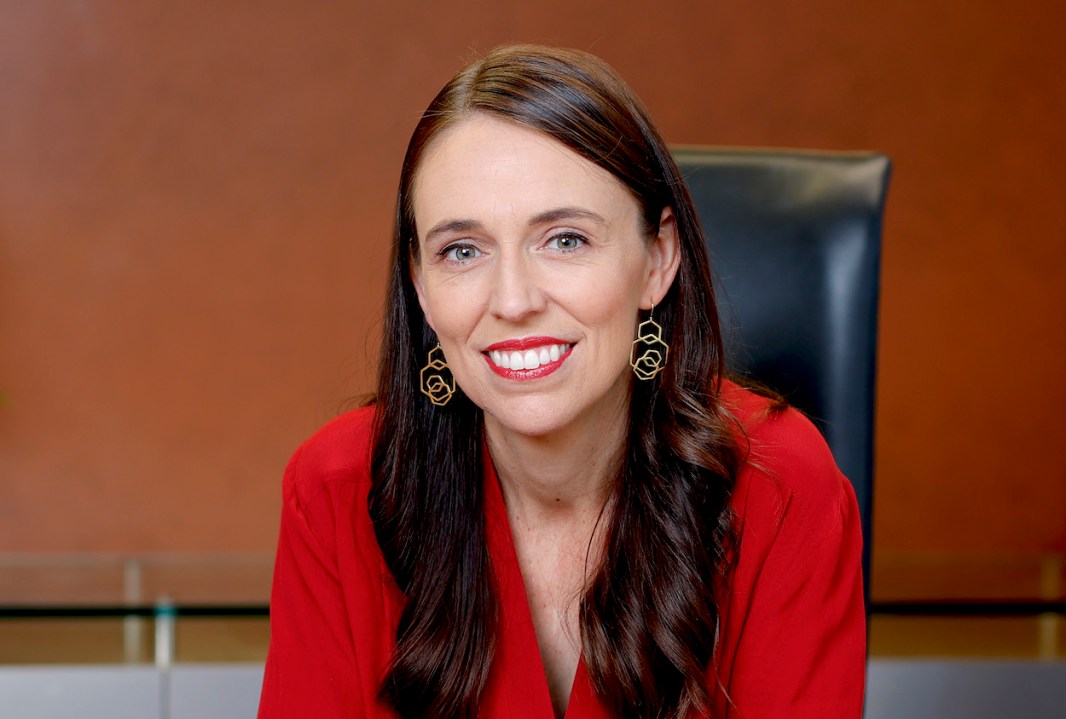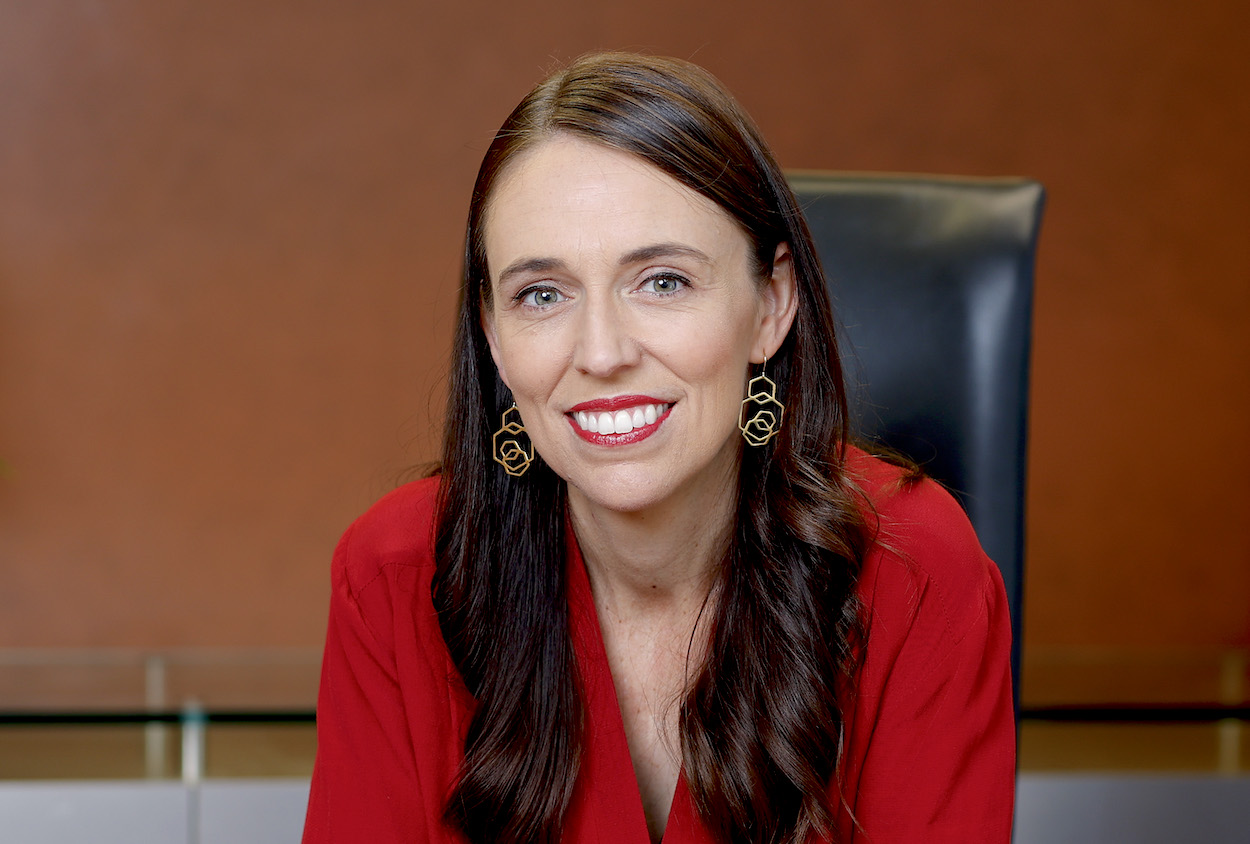When I first met Jacinda Ardern in the early 2010s, the notion that the young MP with the toothy smile in front of might one day go for the top job at the United Nations was unlikely. After spending the past couple of years stitching together a portrait of New Zealand’s fortieth prime minister, I’d be more inclined to ask: what took her so long?
Writing an unauthorised biography of any major political figure is a rum business. It’s rather like breaking into someone’s house and then tidying up the living room. My attempt to chart Ardern’s public life and her ‘politics of kindness’ led me helter-skelter through a maze of false starts, frequently contradictory anecdotes, and the occasional source who spoke as if they were auditioning for a spy novel. Among that last group, the possibility of Ardern seeking a UN role was confided as if it were already signed in blue ink.
The speculation that the 45-year-old star could be the next Antonio Guterres was also taken up recently in the UK, where she visited to promote a new documentary about herself (which itself came on the velvet heels of an earlier appearance in June to promote a book about herself). The activity caps an unusually active period for Ardern, who holds academic fellowships on both sides of the Atlantic. She has neither confirmed nor denied the latest chatter.
New Zealand has seen this before. In 2017, Ardern repeatedly ruled out running for the leadership of her Labour party only to do a complete volte-face a couple of months out from that year’s general election, in which she emerged victorious.
There is also political precedent: New Zealand’s previous Labour prime minister, Helen Clark, who served from 1999 to 2008, mounted a muscular campaign to become Secretary-General in 2016. Despite impeccable credentials – as well as her nine years in office, she spent seven more running the UN Development Programme – she finished behind Guterres in Security Council straw polls. Still, it was an impressive showing for someone whose name recognition barely extended beyond the Antipodes.
During her time as premier, Ardern was rarely out of the global public eye, with the UN occasionally serving as a backdrop for her natural stagecraft.
In 2018, she became the first female leader to bring a baby to Turtle Bay for a UN meeting. Neve received a special security pass for the event. The moment was widely praised as a symbol of modern leadership, as was her speech warning that the collapse of multilateral consensus would be ‘catastrophic’ for the world and particularly bad news for the tiny nation-states of the South Pacific who would suffer most from the unresolved climate change crisis.
But, as Brendan O’Neill pointed out to me in London this past summer, such global media moments have always been a doubled-edged sword. While Ardern’s name enjoys widespread recognition, ‘people here actually know very little about her’, O’Neill insists. To the ‘faux-liberal international media’, Ardern subsists in the journalistic imagination as a Jed Bartlet figure, he believes – Bartlet being Martin Sheen’s presidential character in the popular 1990s series The West Wing, an unreal liberal presence in a world increasingly roiled by populism.
We ended up bickering over the ‘root causes’ of the English riots of 2011
If Ardern is looking to win over holdouts at the famously fractious UN, she will need more than her easy liberal credentials. Reaching back a little further, she might be tempted to flag her work experience in the UK from 2005, first in Tony Blair’s 80-person Cabinet Office, then the Home Office, both places where policy is shaped in UN-style briefings and quieter negotiations.
Ardern’s unit in the Cabinet Office, the Better Regulation Executive, was led by an impressive outsider, Sir William Sargent. While Ardern never actually got to meet Blair during this period, there was basically only one degree of separation, given that Sargent, as permanent secretary, enjoyed access to the prime minister and had the ear of the cabinet secretary and the Treasury.
Sargent politely declined to be interviewed for my book, citing civil service protocols. But a former New Zealand parliamentarian, Rodney Hide, told me about bumping into a senior figure in Blair’s policy unit who shared with him that Ardern was the ‘brightest and most capable person’ in that division.
Ruminating on her past, Ardern might even recall our first meeting, too, in front a live audience at Auckland’s War Memorial Museum, where we ended up bickering over the ‘root causes’ of the then recent English riots of 2011. Perhaps the notion that her sparring partner might end up writing a book about her might have seemed equally as unlikely as her possible future career as head of the United Nations.








Comments